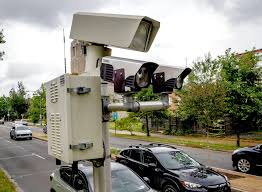The printing press was a revolutionary invention that re-imagined the world of communication. Johannes Gutenberg was a metalsmith, born in Germany in the 14th century. He invented the printing press around 1436, which changed the publication of literature entirely. His machine allowed for ideas, words, and thoughts to all be published and mass produced in a new and inexpensive fashion. This changed the world of literature and society in several impactful ways.
The printing press was a machine that utilized “moveable type”. Paper was laid across a wooden plate of arranged moveable letters covered in ink. Another wooden plate above was then used to press the ink into the paper, allowing for pages to be printed much more efficiently. This invention made the entire publishing process much cheaper, therefore allowing literature to become more common among people of all economic backgrounds.
In the 14th Century and previously, books were rare and reserved for only the upper classes as they were quite expensive. This was due to the fact that people had to copy each word of a book by hand, in order to make a copy of it. This took a lot of time and dedication, as well as the ability to read and write. Therefore, books were an expensive purchase. In addition, prior to the 14th century it was not common for anyone except for members of the upper class to be taught how to read, so there was no demand for a mass-production of literature. However, by the 14th Century, according to Steve Heimler, there was a new growth of literacy among individuals. People began learning how to read and therefore the demand for printed literature was on the rise.
The first work that was printed on the printing press was the Gutenberg Bible, which “was printed in 42-line columns”. Several other religious works soon followed on the printing press, along with other works. This invention not only made it cheaper to print pages, but allowed information to be shared and distributed in a much more efficient way. Thanks to Gutenberg’s invention, news was able to travel across Europe. This promoted the sharing of ideas, thoughts, religions, and so on especially during the Renaissance. The Renaissance, from 1490 until 1520, was a time of “rebirth” after the dark times of the Middle Ages. This was a time of cultural growth, creativity, and invention in Europe. The printing press made these ideas possible as it helped to share plans, news, and art across all of Europe.
In all, the invention of the printing press impacted so many aspects of society. It aided in a rise in literacy, helped share information among individuals, produced a new way of documenting history, and provided new ways of entertainment through literature. This invention positively shaped the world of communication and provided the basis for so many styles of communication that are used today.














